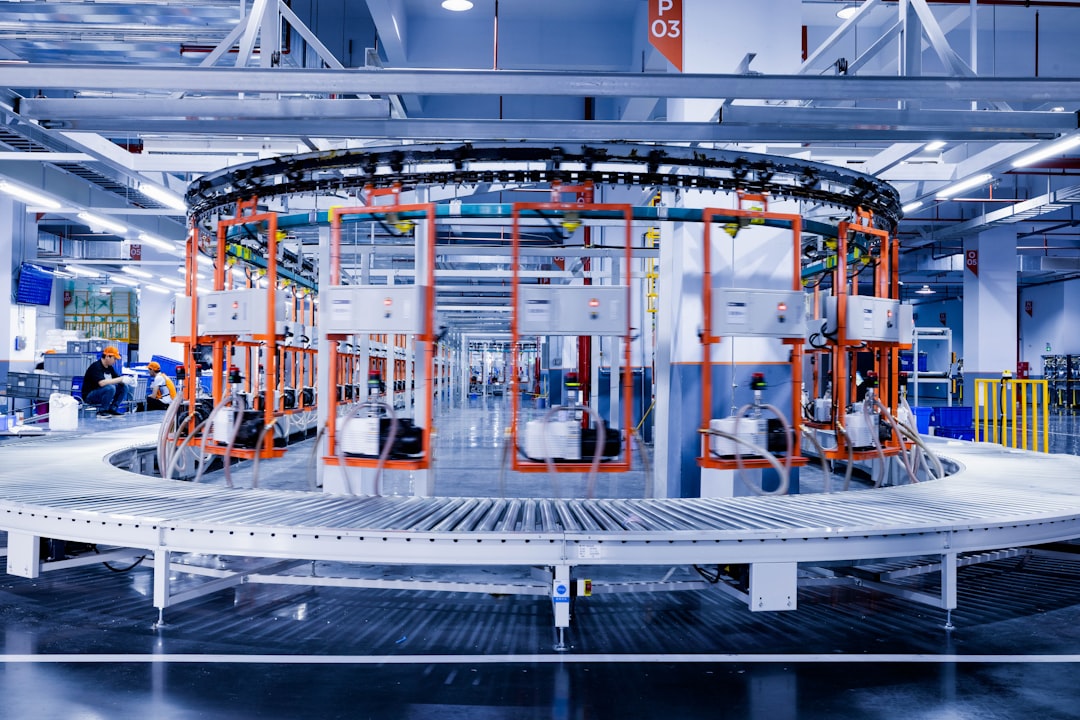The strength and reliability of steel structures, from skyscrapers to bridges to automobiles, depend heavily on the quality of the steel itself. Maintaining consistent and high-quality steel requires rigorous quality control methods throughout the entire production process. This post delves into the key methods used to ensure steel meets the required specifications and performs as expected.
1. Chemical Composition Analysis: The Foundation of Steel Quality
The first crucial step in steel quality control is analyzing its chemical composition. This involves precisely determining the percentages of various elements present, including carbon, manganese, silicon, phosphorus, sulfur, and alloying elements like chromium, nickel, molybdenum, and vanadium. These elements significantly influence the steel’s properties, such as strength, hardness, ductility, and weldability. Different steel grades require specific chemical compositions to achieve their desired characteristics.
Chemical analysis is typically conducted using techniques like:
- Spectroscopy (Optical Emission Spectrometry – OES): A rapid and accurate method that excites atoms in a sample and analyzes the emitted light to determine elemental composition.
- Inductively Coupled Plasma – Atomic Emission Spectrometry (ICP-AES) and Inductively Coupled Plasma – Mass Spectrometry (ICP-MS): Highly sensitive techniques used for trace element analysis, providing precise measurements of even minute impurities.
- Wet Chemical Analysis: Traditional methods involving chemical reactions and titrations, often used for specific element determination or verification.
Precise chemical analysis ensures that the steel meets the required specifications and avoids potential defects stemming from incorrect elemental proportions.
2. Mechanical Testing: Evaluating Steel’s Physical Performance
Chemical composition alone doesn’t fully define a steel’s properties. Mechanical testing is crucial to evaluate its physical performance characteristics under stress and strain. These tests determine parameters like tensile strength, yield strength, elongation, reduction in area, hardness, and impact resistance.
Common mechanical tests include:
- Tensile Testing: Measures the steel’s strength and ductility by applying a controlled tensile force until fracture.
- Hardness Testing: Assesses the steel’s resistance to indentation using methods like Brinell, Rockwell, and Vickers hardness tests.
- Impact Testing (Charpy or Izod): Determines the steel’s resistance to fracture under impact loading, crucial for assessing toughness at low temperatures.
- Bend Testing: Evaluates the steel’s ductility and ability to deform plastically without cracking.
Mechanical testing provides vital data to ensure the steel meets the required strength, toughness, and formability for its intended application.
3. Non-Destructive Testing (NDT): Detecting Hidden Flaws
Non-destructive testing (NDT) methods are essential for detecting internal flaws and defects in steel without damaging the material. These techniques are crucial for ensuring the integrity of finished products and preventing catastrophic failures. Common NDT methods employed in steel quality control include:
- Ultrasonic Testing (UT): Uses high-frequency sound waves to detect internal flaws like cracks, voids, and inclusions.
- Radiographic Testing (RT): Employs X-rays or gamma rays to create images revealing internal defects.
- Magnetic Particle Testing (MT): Detects surface and near-surface cracks in ferromagnetic materials by magnetizing the steel and applying magnetic particles.
- Liquid Penetrant Testing (PT): Identifies surface-breaking flaws by applying a penetrating liquid that seeps into cracks and is then revealed by a developer.
- Eddy Current Testing (ET): Uses electromagnetic induction to detect surface and subsurface flaws in conductive materials.
NDT methods provide a critical safety net, ensuring that defects that might otherwise go unnoticed are identified and addressed.
4. Microstructure Analysis: Unveiling the Steel’s Internal Structure
The microstructure of steel, the arrangement of its constituent phases (ferrite, pearlite, cementite, etc.), significantly influences its mechanical properties. Microstructure analysis involves examining the steel’s internal structure using microscopy techniques. This allows for the identification of phases, grain size, and the presence of inclusions or precipitates.
Techniques used in microstructure analysis include:
- Optical Microscopy: Provides visual examination of the polished and etched steel surface at magnifications up to 1000x.
- Scanning Electron Microscopy (SEM): Offers higher resolution imaging and compositional analysis at much higher magnifications.
- Transmission Electron Microscopy (TEM): Provides the highest resolution imaging, revealing fine details of the microstructure.
Understanding the microstructure ensures that the steel’s processing parameters (heating, cooling rates) have resulted in the desired structure and properties.
5. Statistical Process Control (SPC): Maintaining Consistent Quality
Statistical Process Control (SPC) is a crucial tool for maintaining consistent steel quality over time. SPC employs statistical methods to monitor and control the manufacturing process, identifying and addressing sources of variation before they lead to defects. This involves collecting data on key process parameters and using control charts to track their behavior. Any deviations from established control limits signal potential problems requiring investigation and corrective action.
SPC ensures that the steel production process remains stable and predictable, leading to consistently high-quality products. It helps to identify and eliminate the root causes of variation, thereby minimizing defects and maximizing efficiency.
In conclusion, maintaining steel quality requires a multi-faceted approach involving chemical analysis, mechanical testing, non-destructive testing, microstructure analysis, and statistical process control. By implementing these methods rigorously, manufacturers can ensure the production of high-quality steel that meets stringent specifications and performs reliably in its intended applications.
SEO Tags:
- Steel Quality Control
- Steel Testing Methods
- Metallurgical Testing
- Non-Destructive Testing Steel
- Steel Quality Assurance




